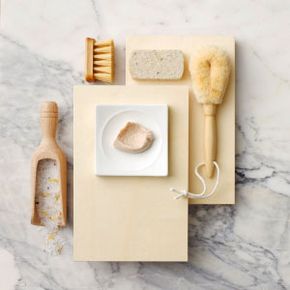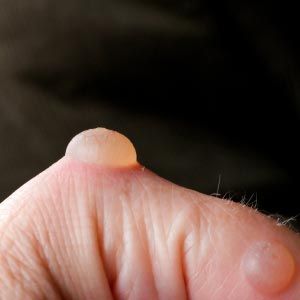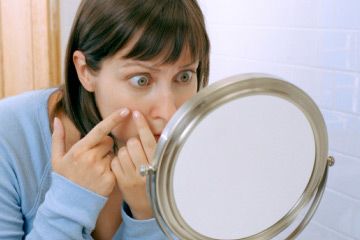If you've ever looked at yourself too closely in the mirror, the large number of pores on your face may have stood out. The skin on the human face has thousands of pores, and sometimes they appear to be more prominent. You may have wished you could do something to shrink your pores, and chances are you've heard of various techniques to do so, such as washing your face in hot water.
Pores are small openings in your skin. Because pores can cause problems such as acne and oily skin, it can be hard to remember that they actually exist for a good reason. Hair follicles, sweat glands and oil glands end in pores. They provide a way for your body to flush out toxins, regulate temperature and moisturize dry skin. Without them, we wouldn't be able to sweat, and our bodies would overheat. However, excessive dirt and oil buildup can cause acne, and large pores can make your skin look older [source: American Academy of Dermatology].
Advertisement
It's important to know that you can't actually "shrink" your pores. They're nothing but small openings in the skin -- because they don't have muscles, they can't open or close. So although you can't physically change the structure of your pores by making them smaller, there are things that you can do to minimize their appearance.
Large pores are caused by a variety of factors, and if you know what they are, it can be easier to decide what treatment options will be helpful to you. There are also some makeup tips and tricks you can incorporate into your routine to make pores look smaller and less noticeable. Finally, there are some preventive measures you can take so you don't make the problem worse.
Read on to learn the main causes of large pores, and find out why your pore problems might get worse as you age.
Advertisement


